The Science of the Slam: Mastering the Strength Obstacles
The Science of the Slam: Mastering the Strength Obstacles
While endurance is a foundation of any UFL race, it’s the strength obstacles that test your pure power. A strategic approach to these challenges can save you time and energy, giving you a competitive edge. This is not about brute force; it’s about applied physics and smart biomechanics.
Rope Climb: The Secret Is in the Legs
The biggest mistake is attempting a rope climb using only your arms. Your legs are far more powerful and durable. The key is a solid foot lock.
The “J-Hook”: Wrap the rope around one foot, creating a stable platform. This takes the load off your grip and arms, allowing you to use your leg strength to push yourself upward.
Cadence: Your movement should be fluid. Lock your feet, stand up, slide your hands up, and repeat. Don’t rush. The goal is efficiency, not speed.
The Wall: A Study in Momentum
Walls, from low hurdles to the towering “Titan’s Ascent,” are a test of explosive power and coordination.
The Run-Up: Don’t sprint. A controlled jog builds momentum without spiking your heart rate. Your final two steps should be explosive, driving you upward.
The Grab: Aim for an overhand grip at the top. The moment your hands make contact, use a powerful pull from your lats while simultaneously driving your lead knee toward your chest. This motion makes the climb a push-pull synergy.
The Atlas Stone: Embrace the Bear Hug
Lifting and carrying an Atlas Stone is a full-body movement. It’s a testament to core strength and grip endurance.
The Lift: Instead of lifting with your back, use a strong squatting motion. Keep the stone as close to your body as possible and engage your glutes and hamstrings to drive upward.
The Carry: “Bear hug” the stone against your chest. This distributes the weight across your stronger core muscles, preventing your back from taking the brunt of the load.
Mastering these obstacles isn’t just about finishing the race—it’s about finishing strong.
